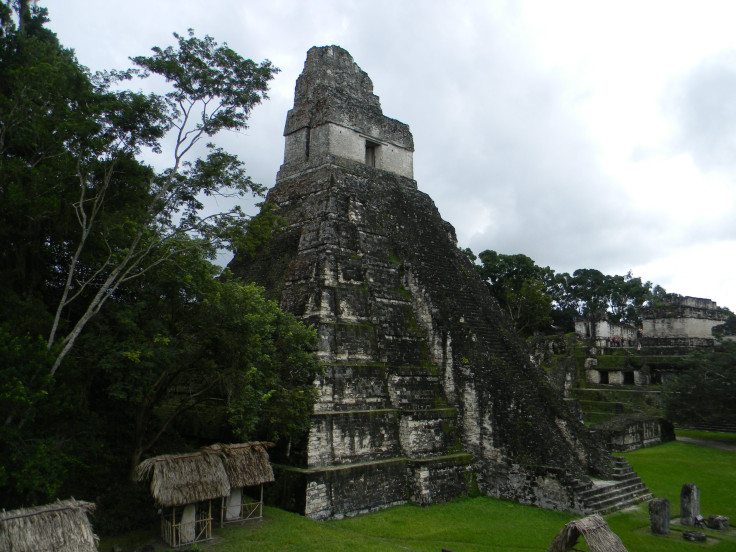
Archaeologists have discovered remains of an ancient Maya city in the forest of southern Mexico, the country's anthropology institute said on Tuesday.
The city is thought to date back to 1,000 AD.
According to Sky News, the site is located within the Balamkú ecological reserve in Campeche. It has been named Ocomtún, which translates to the stone column.
The Maya civilization was known for its advanced mathematical calendars. It is believed to have been one of the great civilizations of the Western Hemisphere. It spanned southeast Mexico as well as parts of Central America, as per Reuters. It is popular for not just pyramid temples, but also great stone buildings in an area that is now southern Mexico, Belize and Guatemala.
Due to its political collapse, it declined centuries before the arrival of Spanish conquistadors.
Several pyramid-like structures that measure more than 50 feet in height were found by archaeologists in Mexico.
Pottery that was found at the site seems to indicate that it was inhabited between 600 and 800 AD. It was a period known as Late Classic, according to BBC.
The latest remains were discovered in an ecological reserve in Campeche. It is an area that is so dense with vegetation that it has not been much explored.
Mexico's National Institute for Anthropology and History said that its latest finding was the result of fieldwork. Its aim was to document the archaeology of the Central Maya Lowlands.
Airborne laser scanning that was carried out by the University of Houston had helped the research team see "numerous concentrations of pre-Hispanic structures," said INAH.
The team was led by Ivan Sprajc, who said that they had been most surprised by an elevated terrain's discovery. It was surrounded by wetlands, and they found several large buildings on that elevated terrain.
Sprajc said in a statement that the site would have "served as an important regional center."
He added that the cylindrical stone columns that made the archaeologists name the site Ocomtún were likely entrances to rooms that were located in the upper parts of the buildings.
Sprajc said that the site probably underwent major changes between 800 and 1000 AD. That was before the collapse of the Lowland Maya civilization in the 10th Century.
© 2025 Latin Times. All rights reserved. Do not reproduce without permission.



